Symphony No. 25, K183 (1773)
Allegro con brio (Movement 1)
W. A. Mozart (1756 – 1791)
Saxophone Octet
Symphony 25, K183, Allegro con brio (1st movement), by W. A. Mozart, arranged for Saxophone Octet S/AAAAATTB. Mozart wrote his 25th symphony when he was 17 years old. It’s one of two symphonies he wrote in the key of G minor. It’s sometimes called the “little G minor symphony”. The work is composed in the “Sturm and Drang” style that was trendy at the time. This is reflected in its minor key, strong dynamic changes, and the many wide leaps and syncopations it features. The first movement of the symphony is frequently used in pop culture and media. The most famous example of this is the opening of the 1984 film “Amadeus” which used this Allegro con brio (Movement 1) as opening music.
Dramatic, syncopated sections alternating with lyrical melodies and frequent dynamic shifts are featured in this classic symphonic movement. Although originally written for a standard classical orchestra, this arrangement is for saxophone octet. It is in the original key of G minor. It has a 4/4 time signature throughout. The tempo is about 144 bmp with no tempo changes. It is about 8.25 minutes in length including all repeats. The soprano sax (optional) and alto sax 1-3 parts require some dexterity with the palm keys. The ranges of the other parts are nominal.
Along with a full score the following parts are included:
- Soprano Saxophone (optional – alto sax 1 alternate)
- Alto Saxophones 1 – 5
- Tenor Saxophones 1 – 2
- Baritone Saxophone
The range for each saxophone part is illustrated below.
A short score excerpt and audio sample are available above.

About the Composer
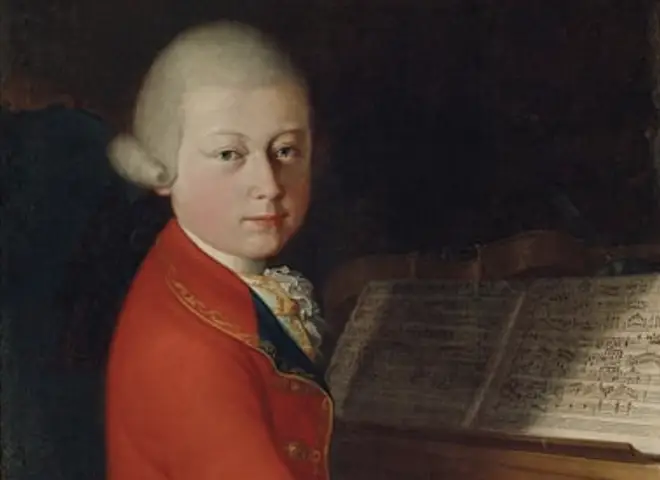
Born in Salzburg, then in the Holy Roman Empire and currently in Austria, Mozart showed prodigious ability from his earliest childhood. Already competent on keyboard and violin, he composed from the age of five and performed before European royalty. His father took him on a grand tour of Europe and then three trips to Italy. At 17, he was a musician at the Salzburg court but grew restless and travelled in search of a better position.
While visiting Vienna in 1781, Mozart was dismissed from his Salzburg position. He stayed in Vienna, where he achieved fame but little financial security. During his final years there, he composed many of his best-known symphonies, concertos, and operas. His Requiem was largely unfinished by the time of his death at the age of 35, the circumstances of which are uncertain and much mythologized.

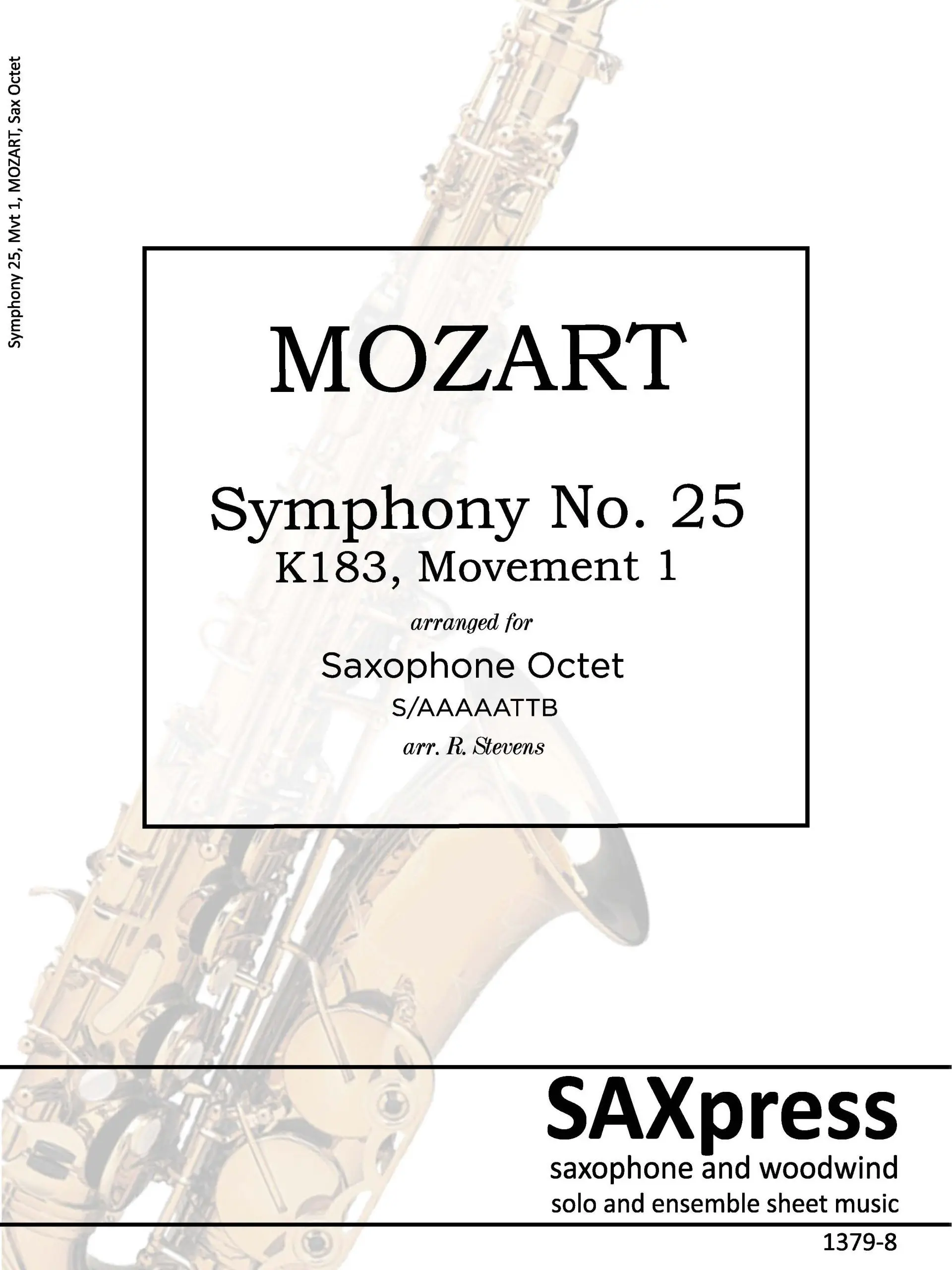

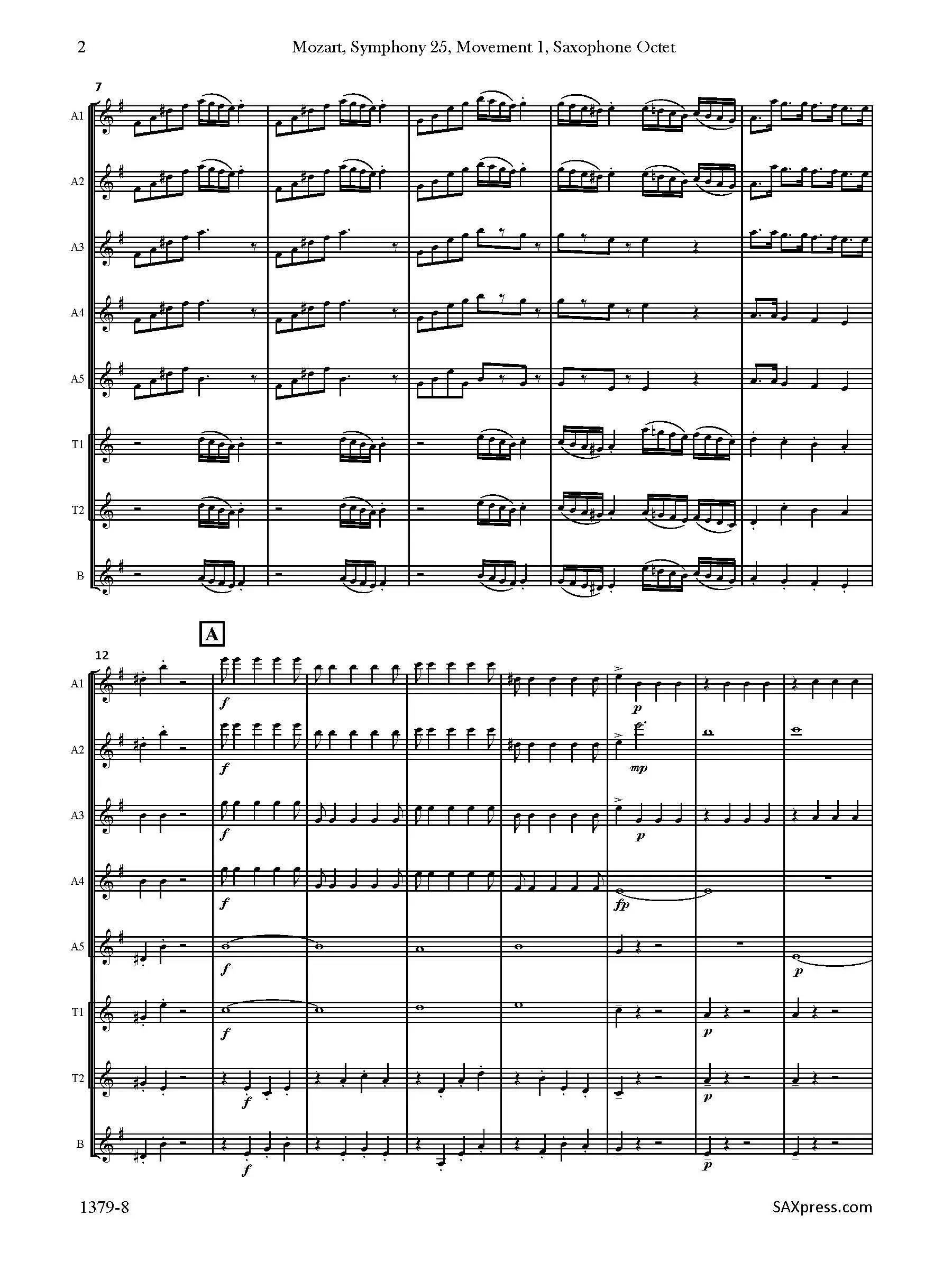
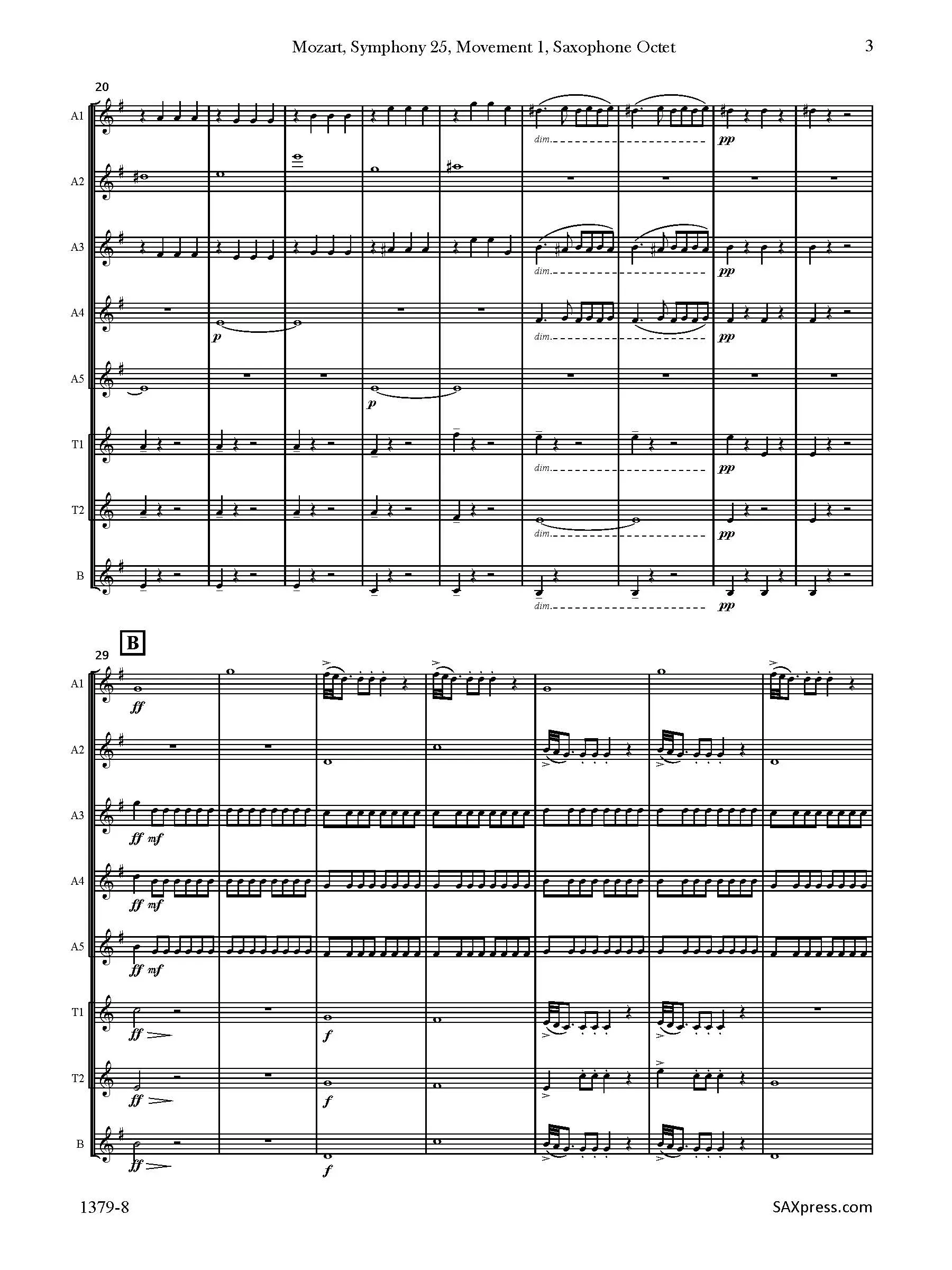
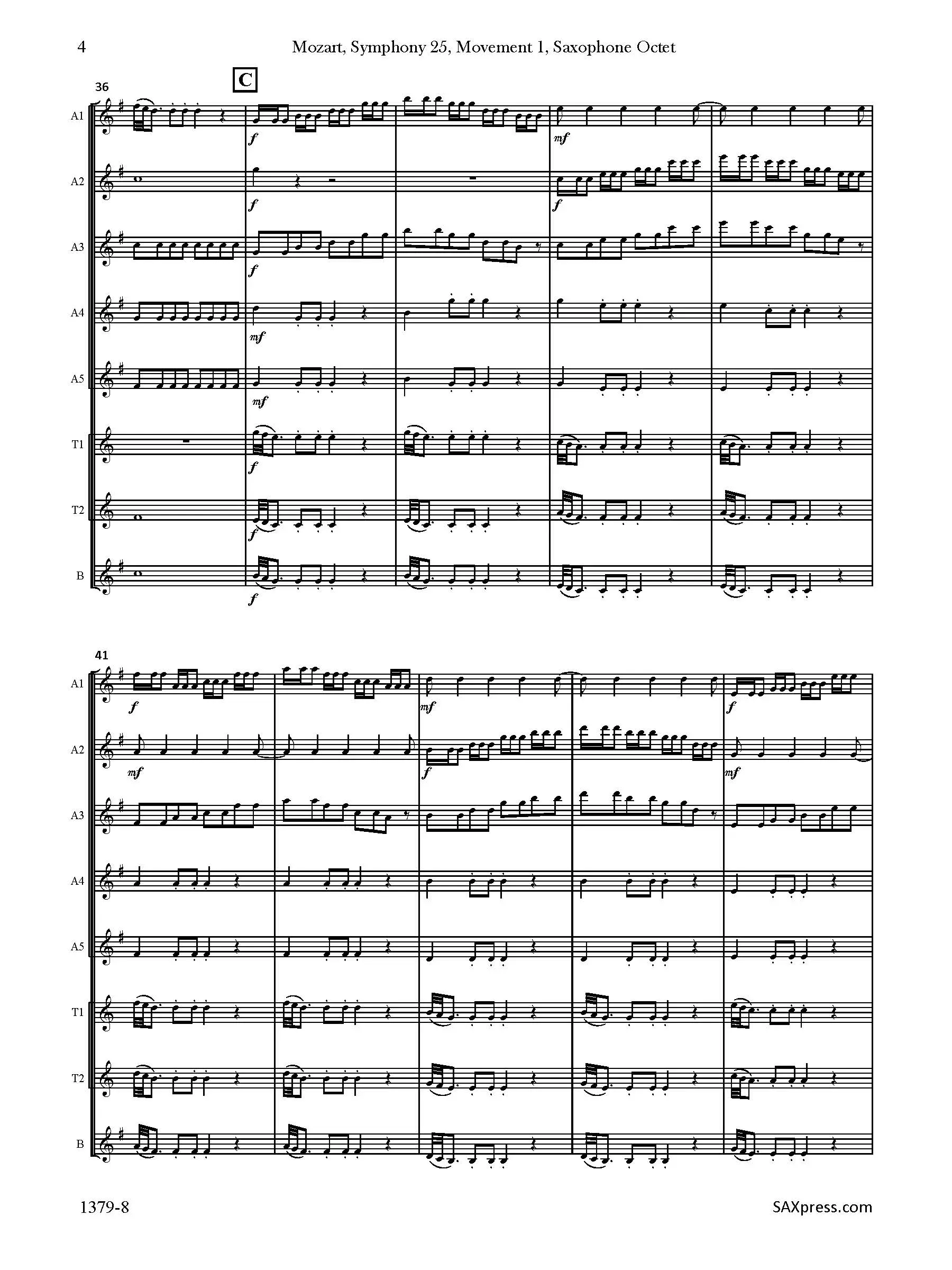
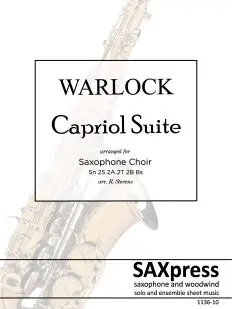
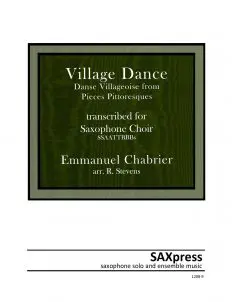
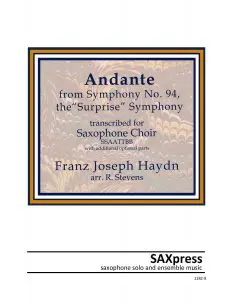
Reviews
There are no reviews yet.